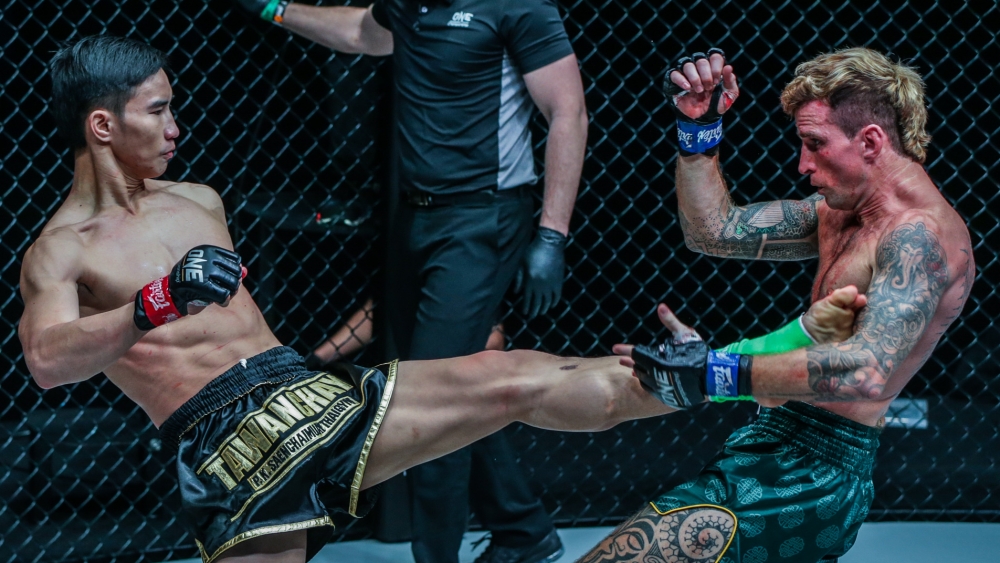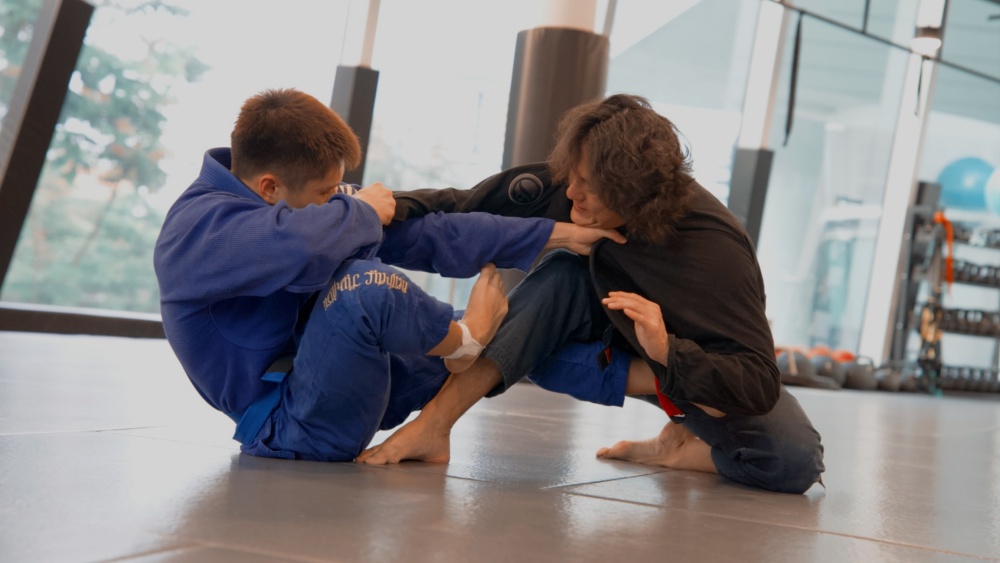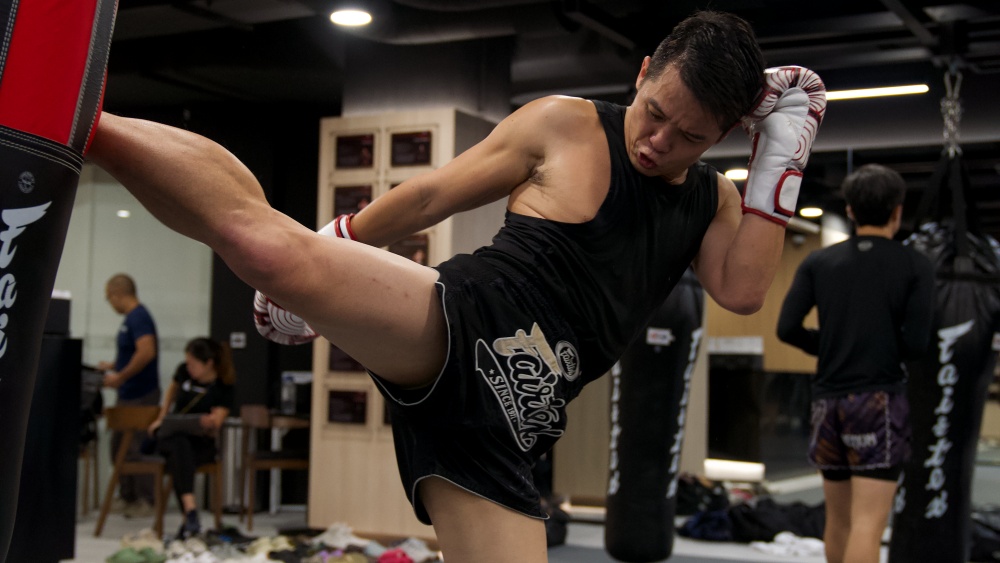In Muay Thai, a round is broken down into dozens of small exchanges and, unless a knockdown takes place, the winner of a round, and inevitably the fight, comes down to who wins the most of these exchanges. Though the Muay Thai scoring criteria are extremely intricate, as a general rule you can assume that the fighter who lands the final scoring technique in an otherwise even trade will win an exchange.
It is due to this fact that counter-kicking is an invaluable skill in Muay Thai. Being able to weather the storm of an attack with composure, land a kick, and then disengage before your opponent can respond shows a whole range of skills that are bound to impress the judges. These skills rarely come naturally to fighters and therefore need to be trained consistently so that they can win these exchanges.
In this article, we are going to give 3 great counter-kicking drills that you can use in training to develop this pivotal Muay Thai skill. With enough training, you’ll be able to masterfully control exchanges and overcome immense pressure in order to end each trade ahead on the scorecards.
So, without further introduction, here are 3 drills that you can use to sharpen your counter-kicking technique.
1) Kick Tennis
Kick tennis is a simple drill that trains you to always search for opportunities to land the last kick in an exchange and can be stratified in a number of different ways to increase or decrease the difficulty of the drill.
The aim of this drill is to win a single exchange where you are only allowed to kick your opponent and the winner is the person who manages to land the last kick before there is a pause in the action, much like in tennis where a rally continues until someone is unable to hit the tennis ball back across the net.
Here are some common ways to train with the kick-tennis drill:
- Players can only body kick and block (check) using both legs.
- Players can only body kick, block (check), and catch and teep/throw.
- Players can only body kick, block (check), catch and throw, and lean back to avoid kicks.
- Players can only do all of the above but also sweep/defend sweeps.
As you can see this drill can be expanded upon to increase the difficulty depending on your skill level. The idea of this drill is not only to be able to land a scoring body kick but to also be able to defend against your opponent’s counters and look for opportunities to disengage from an exchange when you have won the lead.
2) Instigator And Responder Sparring
Each exchange is broken down into very specific phases. The first is the opening strike and an opponent’s initial response to it. The second phase would be the returning strike that the defender throws and the initial striker’s response to it. The number of potential phases to exchange is infinite as it will continue until someone eventually wins by disengaging after landing a scoring technique. (The assumption here is that this is a relatively even exchange and therefore the final strike will prove who is dominant).
In this sparring drill, the partners are given separate roles of instigator and responder. The idea is that one of the fighters must always initiate the first phase of an exchange, playing the aggressive role so that their opponent has to maintain composure under pressure in order to counter the attempted strike or, most likely, score on the second phase. The instigator then either needs to successfully defend this second phase or ensure they have the composure to respond with a third phase attack.
Not only is this a great drill for counter-kicking, but it also trains the instigator to apply controlled pressure by utilizing low-risk techniques so that they are not vulnerable to second-phase attacks and are able to be in the right position to respond with a third-phase strike if need be.
3) Puncher vs Kicker Sparring
The puncher vs kicker sparring drill emulates the classic clash of Muay Mat (Puncher)/Muay Bouk (aggressor) vs Muay femur (counter-fighter) styles so that the kicker grows accustomed to the relentless forward pressure that this style of fighter needs to employ in order to overcome the scoring disadvantage that this style of fighting faces.
Naturally, this drill often falls into a very predictable rhythm. The puncher will stalk forward with punches to which the kicker will answer. The puncher then needs to double down, usually wearing a kick in order to land punches of their own. This progression naturally trains a counter kicker to weather a storm of punches to outscore their opponent, using ringwork and control to avoid being stuck in corners or against ropes where a puncher is most dangerous.
Alternatively, it trains a puncher to do the opposite and they will get better at cutting off the ring and outscoring a kicker, making them a more challenging opponent for a counter-kicker to face which in turn will raise the standards of both fighting styles.
In Summary
Counter-kicking is a very effective style of fighting under the traditional Muay Thai ruleset, but it is a skill that rarely comes naturally. There are three key skills involved in becoming a great counter kicker; maintaining composed in mind and body whilst under pressure, being able to understand how an exchange is scored whilst it is unfolding, and being able to control the flow of an exchange so that you can exit it when you are ahead on points. The drills we have included here allow you to train all three of them at once.
Like any kind of training, we recommend starting each of the drills light and slow, building the intensity as your skills and comfort with them improve and, if you commit to drilling these consistently, it won’t be long until you are comfortable in every phase of an exchange, able to control the flow of a fight to your will.
You may also like:

















